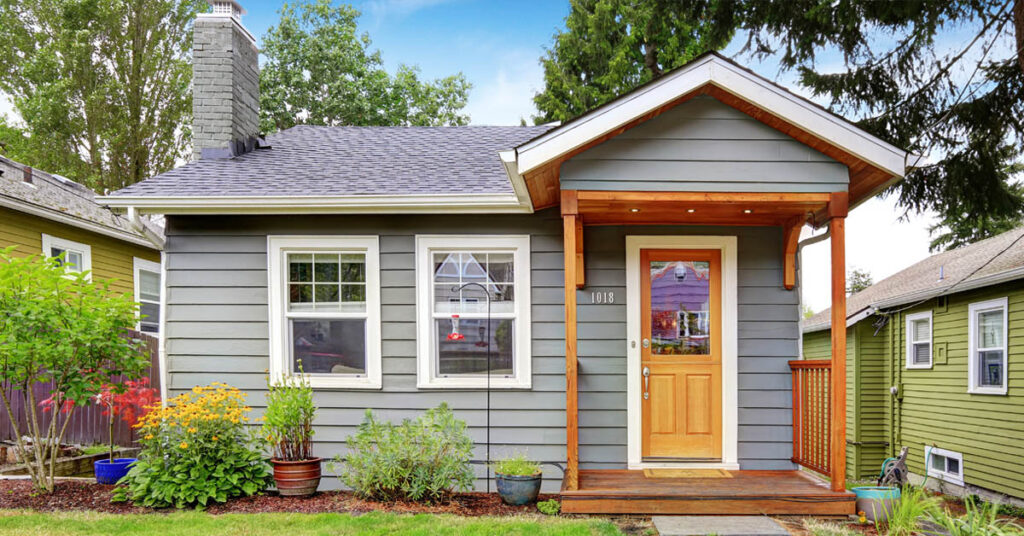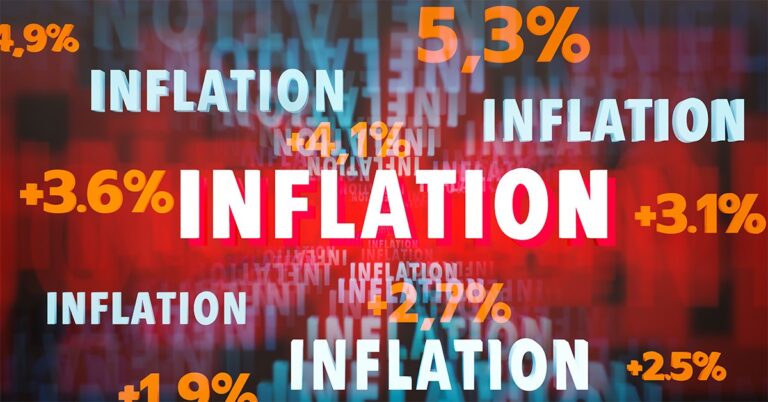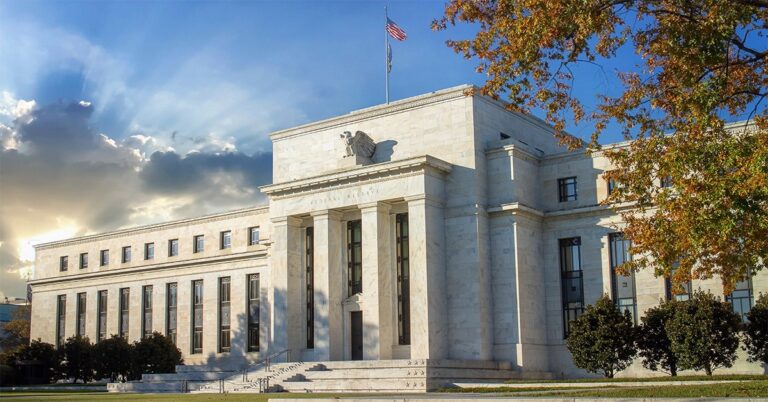Rent gains for single-family homes slowed to 2.9% year over year in August, marking 16 straight months of annualized decreases — but renter households are still feeling the effects of the previous growth cycle, according to the latest Single-Family Rent Index (SFRI) report from CoreLogic.
Despite months of cooling growth, single-family rents at the national level have still increased by 30% since February 2020. A separate CoreLogic study released earlier this month found that the average American renter household spends roughly 40% of its income on housing expenses. It’s the first time in decades that the U.S. rent-to-income ratio has reached the 40% threshold, and with CoreLogic’s 2023 estimate placing this year-end figure at 40.6%, it doesn’t look like the coming months will bring much relief.
“While annual single-family rent growth has returned to a moderate pace, more than three years of substantial increases will have a lasting impact on tenants’ budgets,” said Molly Boesel, principal economist for CoreLogic. “Single-family rents grew by 30% since February 2020, and small drops in some areas barely put a dent in the overall, cumulative increase. For example, even though rents in the Miami metro area have declined by 0.5% since August 2022, they are still 51% higher than they were before the pandemic began.”
Rents, like home prices, have undergone a veritable swell since early 2020. Single-family rents posted double-digit annual growth figures for 14 straight months from August 2021 to September 2022, peaking at almost 15%. But while homeowners had opportunities to refinance into lower-cost mortgages during that time frame, renters have no such reprieve.
The pain is more acute of late for lower-income renters, with properties in the SFRI’s lowest tier (priced at 75% or less than the regional median value) experiencing the largest annualized gain in rental costs, up 4.2% in August. In comparison, the highest price tier posted a 2.4% year-over-year jump.
Rent gains for attached properties continued to exceed those for detached properties in August, growing by 3.5% and 2.3%, respectively. Of the 20 large metros tracked by CoreLogic, St. Louis (at 7%) had the highest yearly bump in single-family rents, followed by Chicago at 5.7%. Conversely, the bottom of CoreLogic’s rent-growth ranking was chiefly occupied by Sun Belt metros in the South and Southwest, including Austin (down 0.9% year over year in August), Las Vegas (-0.8%) and Miami (-0.5%).








